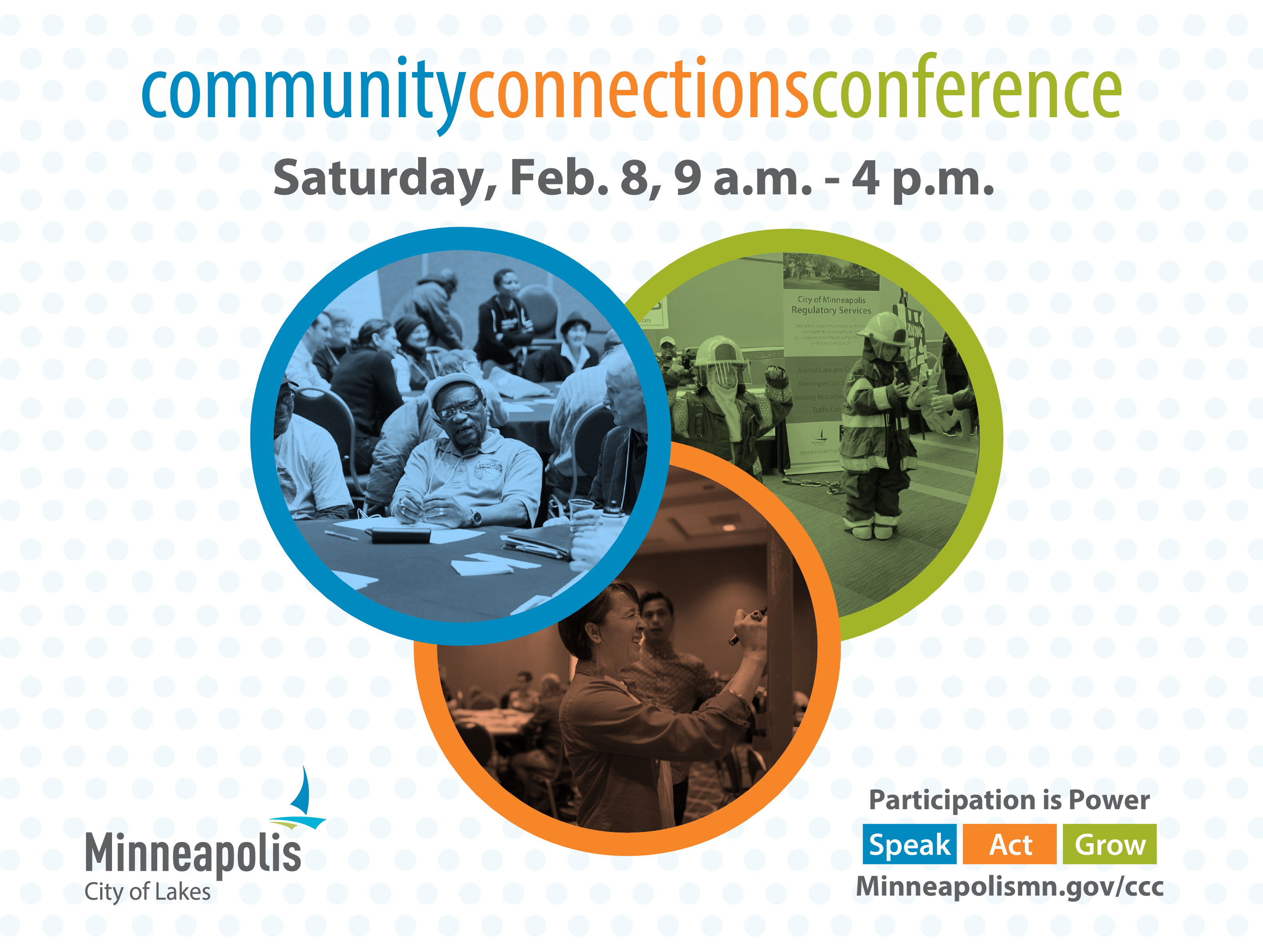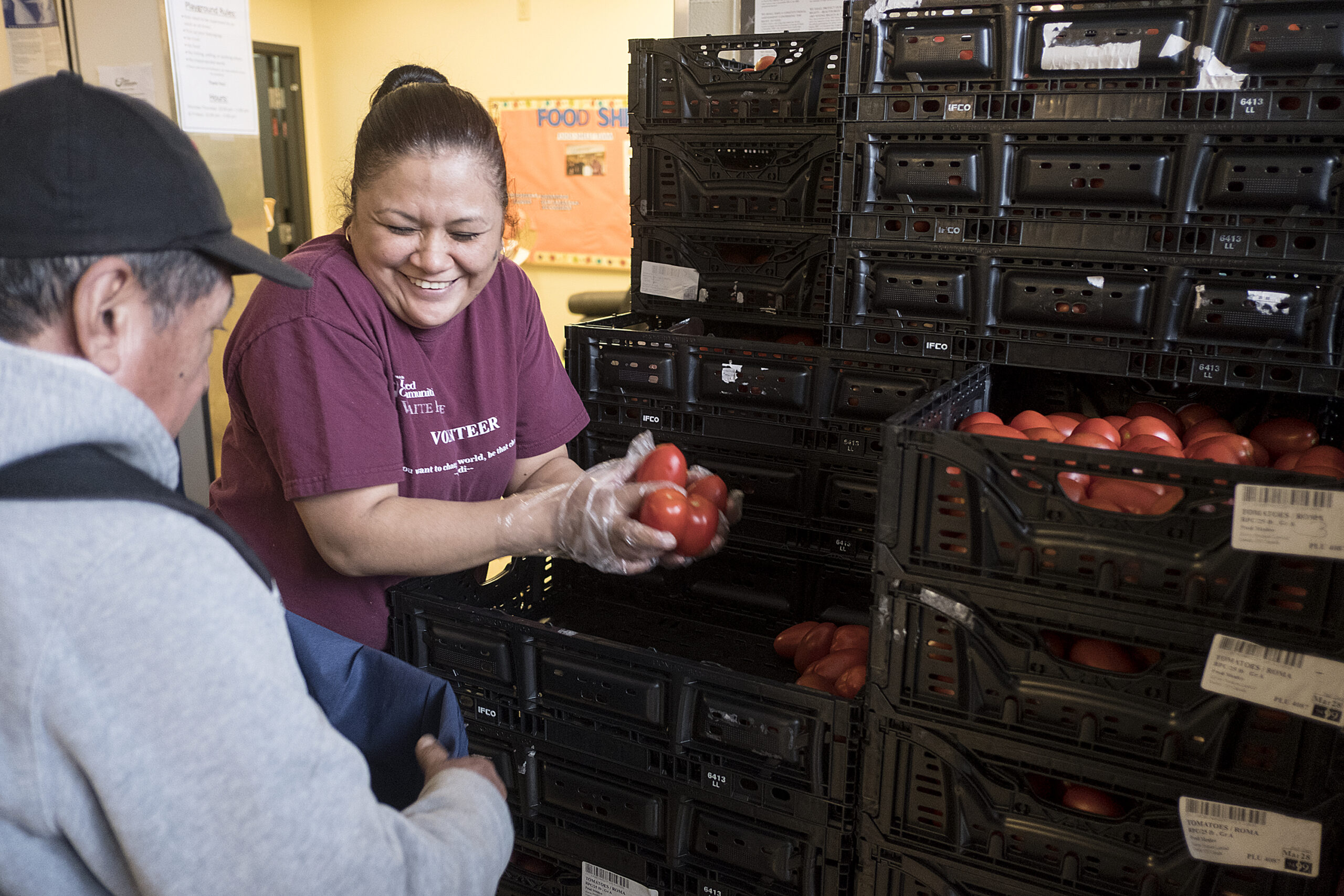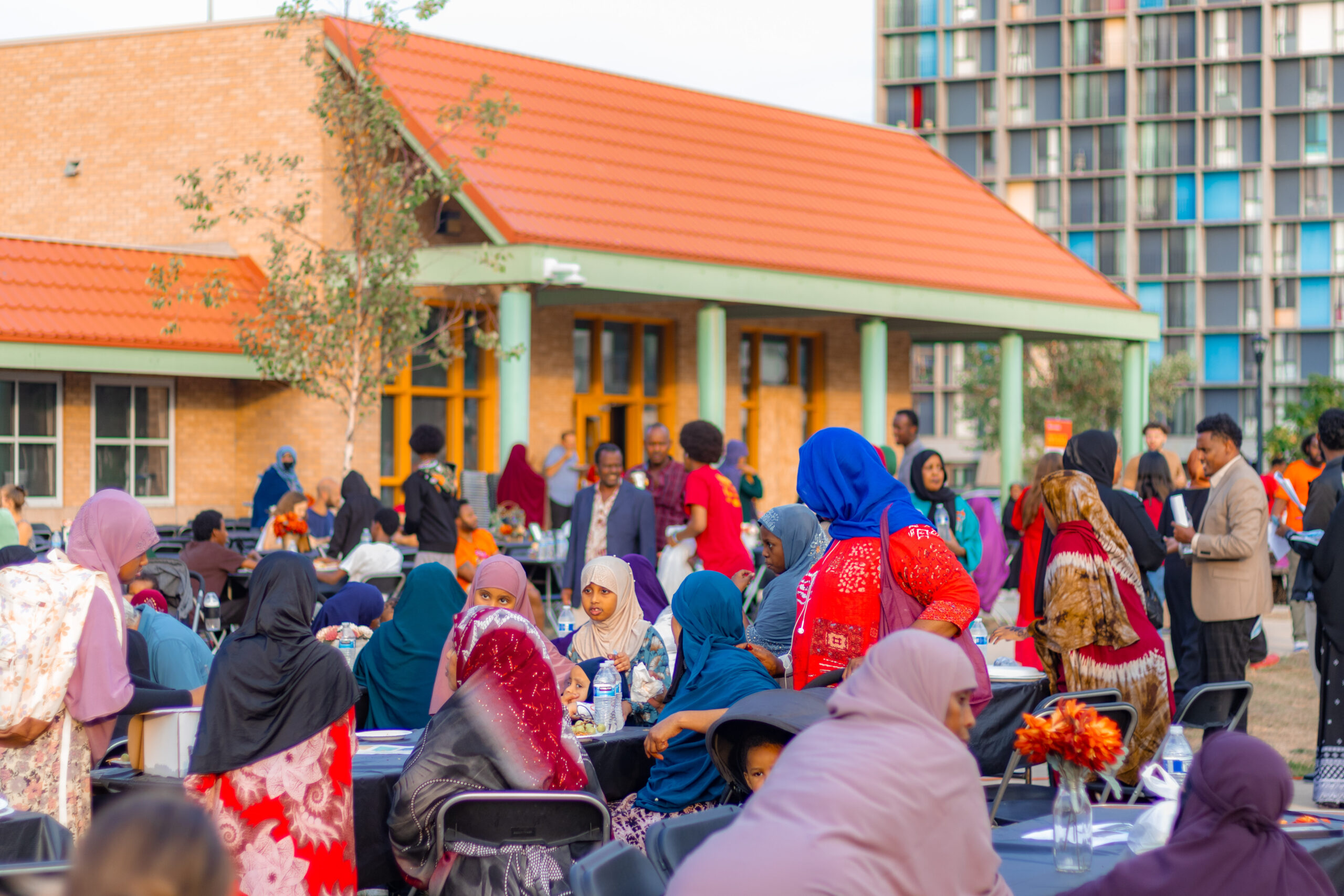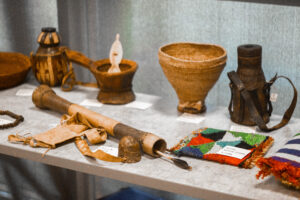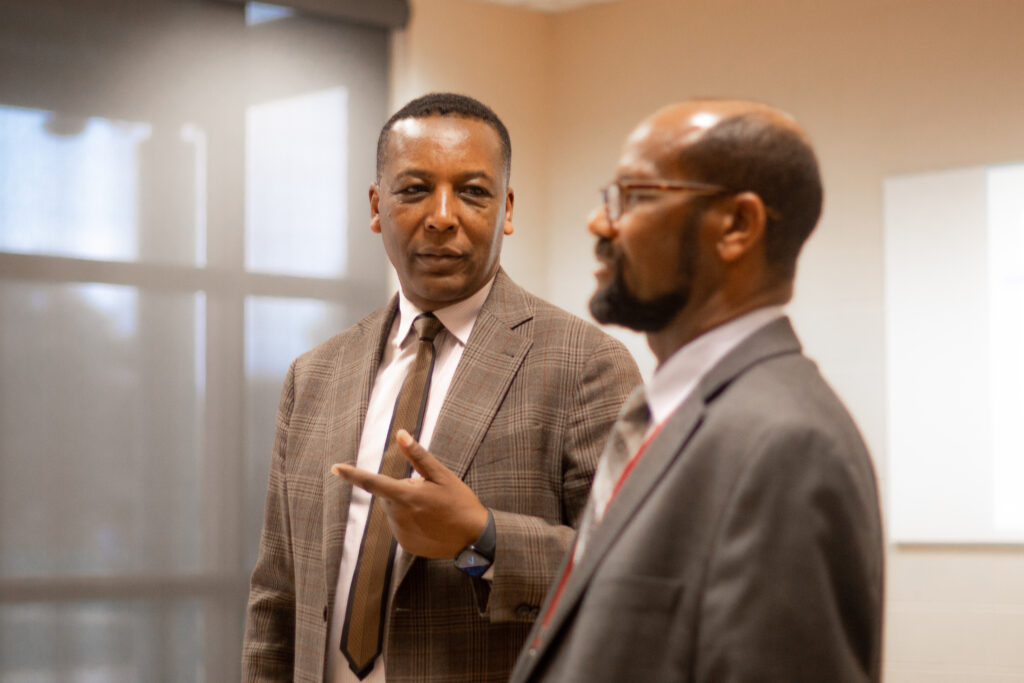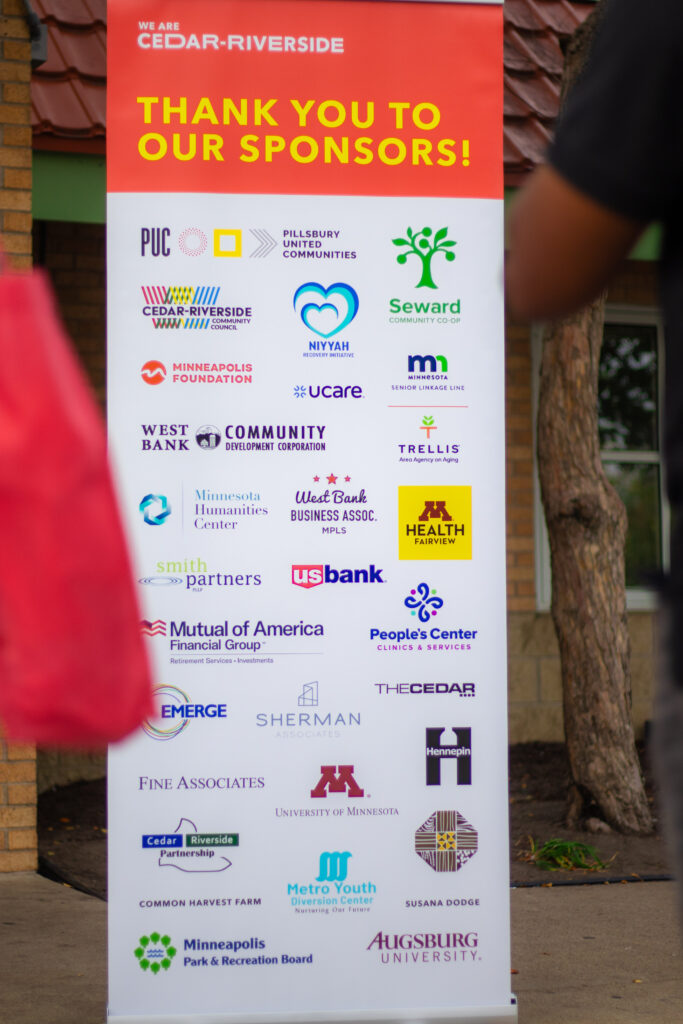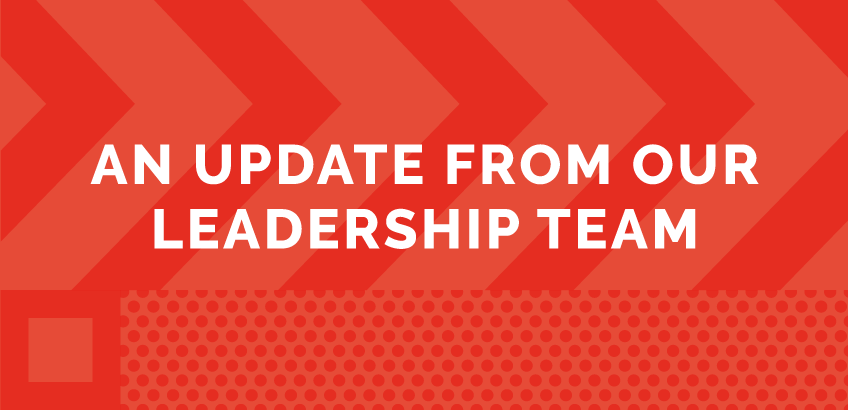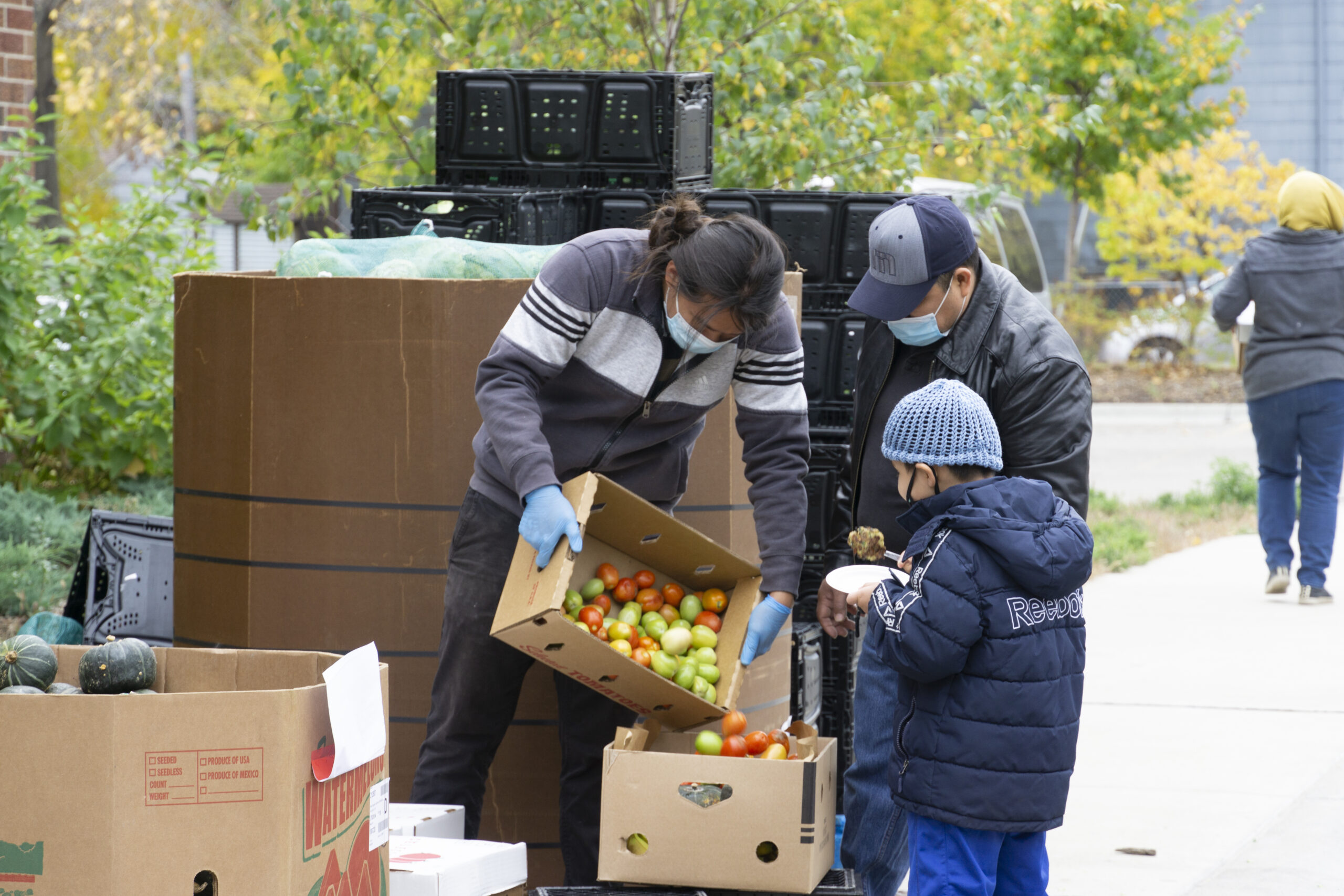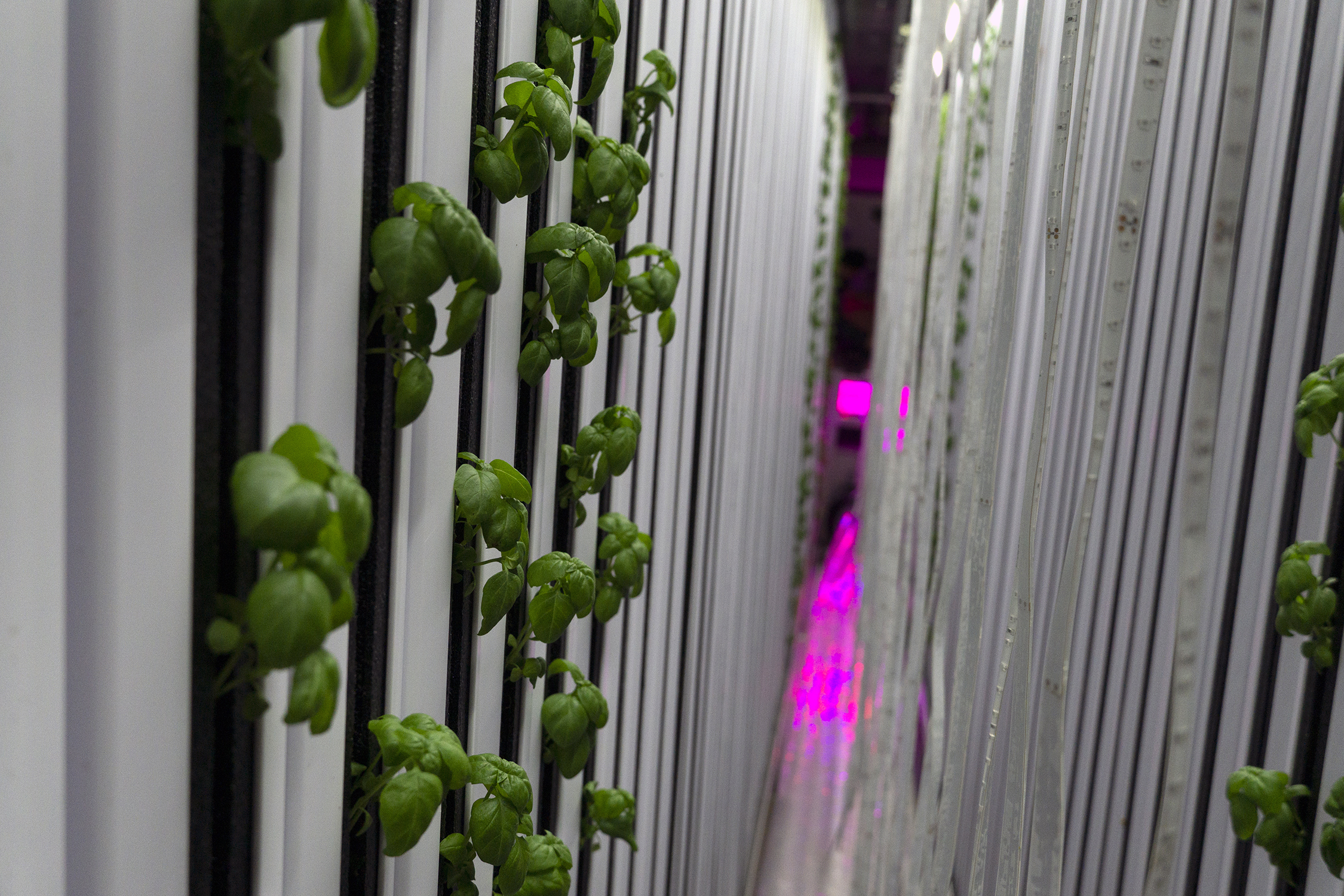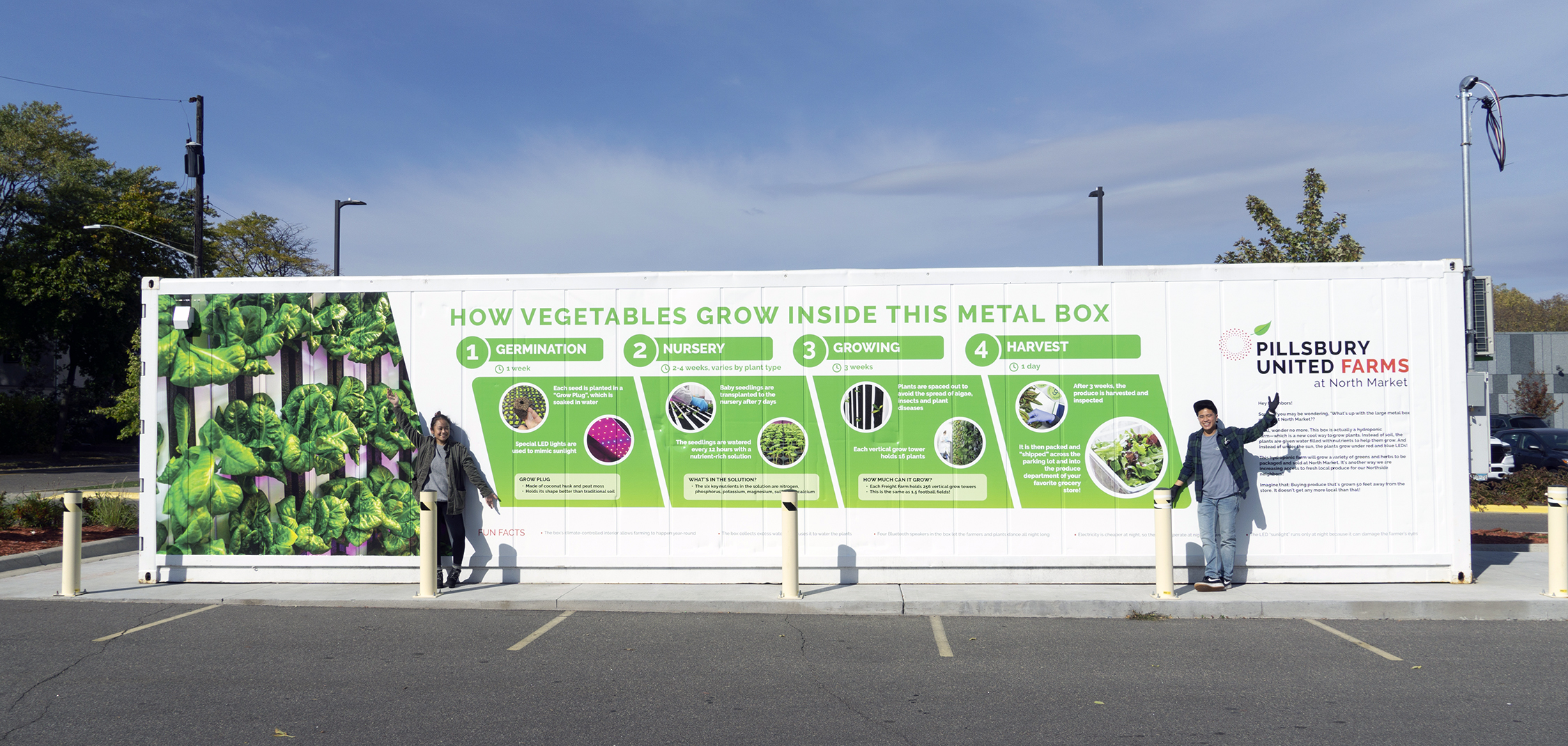
Whether you need a holiday meal or want to lend a helping hand, various organizations across the Twin Cities metro area are hosting giveaways to ensure everyone has food for Thanksgiving. From free turkeys to full meal packages, check out the list below for locations and times to help make this holiday season brighter for those in need. All meals are offered while supplies last.
Don’t Shoot Guns, Shoot Hoops 100 Turkeys Giveaway
When: Nov. 20 · 11 am
What: Don’t Shoot Guns, Shoot Hoops will give out 100 turkeys at George Floyd Square while supplies last.
Where: 38th & Chicago Ave. S., Mpls.
More info: www.facebook.com/waitehouse
Pillsbury United Communities Community Dinner
When: Nov. 21 · 5-7 pm
What: This event offers food, music, games, and a fun opportunity to connect with neighbors, families, and friends.
Where: Waite House, 2323 11th Ave., S., Mpls., MN, 55404; dining room (2nd floor)
More info: www.facebook.com/waitehouse
River Heights Thanksgiving Giveaway
When: Nov. 22 · 7:30 pm; Saturday, Nov. 23 ·12:30 pm
What: River Heights is hosting an annual giveaway where community members can get what they need for a Thanksgiving meal. Gently used clothing will also be offered. No registration is required.
Where: River Heights, 6070 Cahill Ave., Inver Grove Heights
More info: bit.ly/RiverHeightsThanksgivingGiveaway
Thanksgiving Turkey Giveaway
When: Nov. 23 · 10 am – 12 pm
What: This annual, free drive-through giveaway returns to offer families a turkey on a first-come, first-served basis. No registration is needed.
Where: 810 W. 31st St., Mpls.
More info: www.joycommunityservice.org
Life Center Thanksgiving Outreach
When: Nov. 23 · 12 pm
What: Life Center’s annual Thanksgiving outreach event offers community members a hot Thanksgiving meal and 200+ frozen turkeys.
Where: 1812 Park Ave., Mpls.
More info: bit.ly/ThanksgivingOutreach2024
Tru Breed MC’s 14th Annual Turkey Giveaway
When: Nov. 23 · 1 pm
What: Tru Breed Motorcycle Club is once again giving back to the community with a turkey giveaway (while supplies last).
Where: Folwell Park, 1615 N. Dowling Ave., Mpls.
More info: https://bit.ly/3OdYA3z
FOCUS Minnesota Thanksgiving Dinner
When: Nov. 24 · 5-6:30 pm
What: Community members are invited to enjoy a dine-in or take-out Thanksgiving dinner.
Where: 550 Rice St., St. Paul
More info: www.facebook.com/FOCUSMN
Thanksgiving Distribution Registration
When: Nov. 26 · 9 am – 12 pm
What: Registration for Union Gospel Missio’s Thanksgiving food distribution is full, but leftover food will be offered after distribution day on a first-come-first-served basis starting at 9 am.
Where: Union Gospel Mission Twin Cities – Men’s Campus, 435 University Ave. E., St. Paul
More info: secure.qgiv.com/for/thanks20
White Bear Area Food Shelf Thanksgiving’s Give A Gobble
When: Nov. 26 · 2 pm
What: Registration is full, but all unclaimed meals will be distributed on a first-come, first-served basis without prior registration beginning at 2 pm.
Where: 1884 Whitaker St., White Bear Lake
More info: whitebearfoodshelf.org/2024
Loaves & Fishes Community Meals
When: Nov. 27 (times listed below)
What: Dine-in and to-go community meals
Where:
Our Redeemer Lutheran Church (to-go meal)
1390 Larpenteur Ave. E., Saint Paul
5:30 – 6:30 pm
Saint Paul Opportunity Center (to-go meal)
422 Dorothy Day Place, St. Paul
4:30 – 5:15 pm
True Foundation Church (dine-in and to-go meal)
5840 Lilac Dr. N., Brooklyn Center
5:30 – 6:30 pm
More info: loavesandfishesmn.org
Union Gospel Mission Twin Cities
When: Nov. 28 · 11:30 am –1 pm
What: Union Gospel Mission Twin Cities will offer a special dinner for Mission residents and community members.
Where: Men’s Campus – 435 University Ave. E., St. Paul
More info: bit.ly/UGMTCThanksgiving
Daily Work and Shobi’s Table Gratitude Feast Free Thanksgiving Meal
When: Nov. 28 · 11:30 am – 1:30 pm
What: Enjoy traditional Thanksgiving food and additional dishes for cross-cultural inclusion.
Where: Christ On Capitol Hill, 105 University Ave. W., St. Paul
More info: Facebook or email [email protected]
8th Annual Community Thanksgiving Meal
When: Nov. 28 · 12-3 pm
What: This community meal is not just for those in need but for anyone without a place to go on Thanksgiving Day. Come share in a delicious, free meal with your neighbors.
Where: Fellowship Church, 707 Commerce Dr., Woodbury
More info: bit.ly/FellowshipChurchThanksgiving
Third Annual Buffalo Community Thanksgiving Meal
When: Nov. 28 · 12- 5 pm
What: Hope Community welcomes a free traditional Thanksgiving meal of turkey, mashed potatoes, gravy, green bean casserole, rolls, and pie. All are welcome.
Where: 206 2nd Ave., Northeast Buffalo
More info: bit.ly/ThirdAnnualBuffaloThanksgiving
StartAnew Thanksgiving Dinner
When: Nov. 28 · 1:30-4:30 pm
What: StartANew’s annual dinner is open to all. Bring family and friends; registration is not required.
Where: 1119 Morgan Ave. N., Mpls.
More info: 612-389-0008 or bit.ly/StartAnewThanksgiving
Discounted Groceries
Fare For All
$35 Thanksgiving Holiday Pack
No registration required
More info: For locations, call 763-450-3860 or thefoodgroupmn.org/groceries/pack

 “I have loved teaching students, who attend our weekly hydroponic internship, about how things work in the farm. The farm is such a unique resource, and it feels valuable to get to use it to empower young people to see a place for themselves in the sustainable food systems world.”
“I have loved teaching students, who attend our weekly hydroponic internship, about how things work in the farm. The farm is such a unique resource, and it feels valuable to get to use it to empower young people to see a place for themselves in the sustainable food systems world.”
